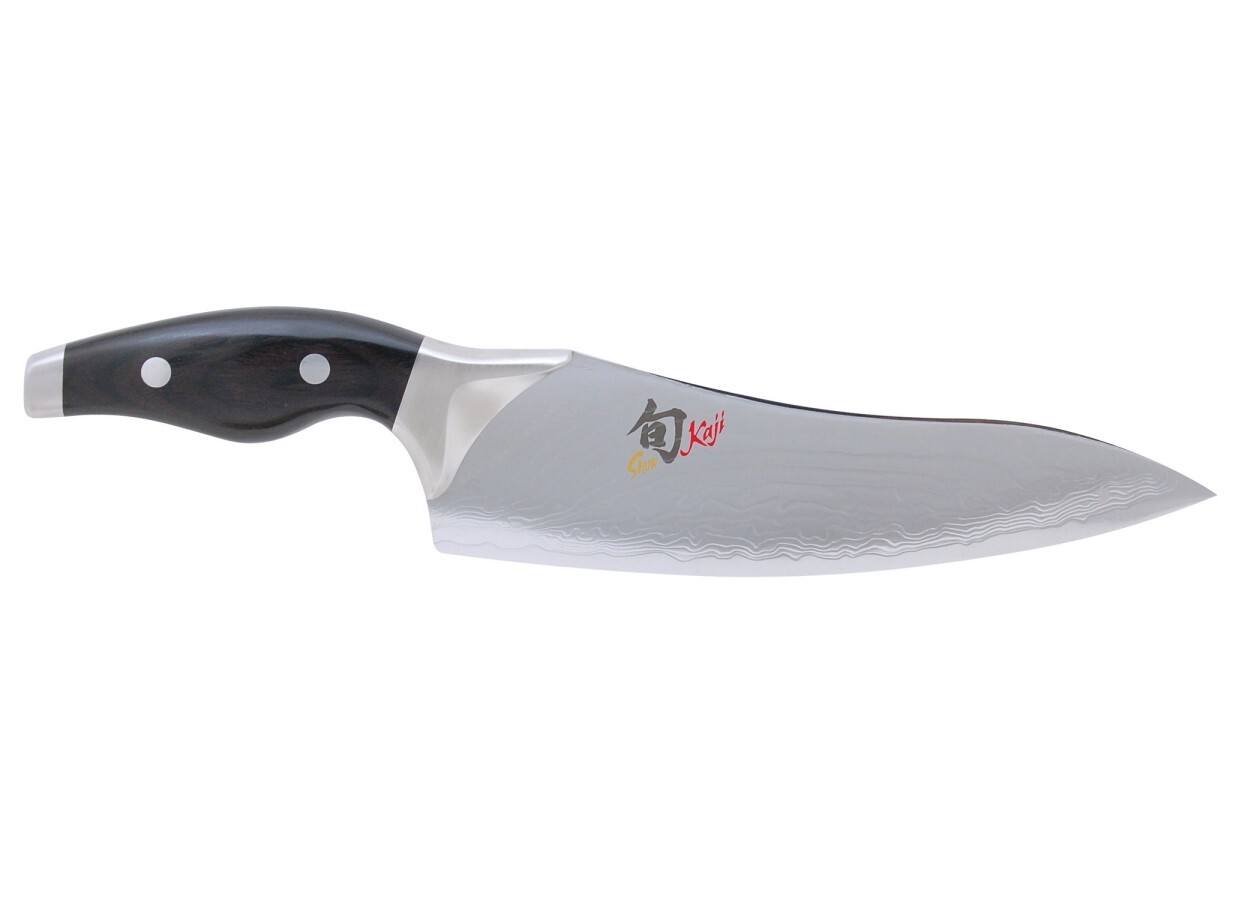I was just talking about what you posted, not what the Japanese claim. Hardness doesn't have anything to do with clad vs monosteel though and to a certain extent hardness will only allow you to go thinner if the steel has sufficient toughness otherwise that's where you will start to potentially get chipping/edge damage.I don't think the Japanese claim an advantage in edge retention for laminates--just reduced risks of chipping--but the harder steel allows a thinner edge to be retained.
I think cladding has more to do with easier maintenance and a perceived superior product from the consumer, than chip resistance. That's why you rarely see carbon cladding vs stainless cladding.
Anyway that's just my 2c.

